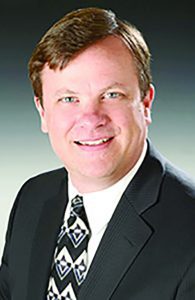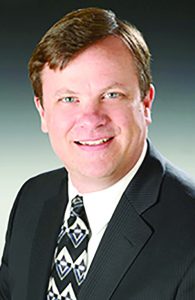
Courtesy Hedley & Co. Certified Public Accountants.
By Christine Graf
As 2019 draws to a close, local tax professionals advise individuals who pay estimated quarterly taxes to review their annual income in order to determine if they will owe a penalty to the IRS.
Estimated tax payments are paid by business owners who operate partnerships, LLCs, sole proprietorships, and S corporations. Business income from these pass-through tax entities passes through to business owners on their personal income tax returns.
Those who operate pass-through tax entities are required to make estimated quarterly tax payments to pay income tax and self-employment tax on income that is not subject to withholding.
The IRS requires estimated quarterly tax payment to be filed by anyone who expects to owe at least $1,000 in federal income taxes. This year’s fourth quarter estimated tax payments are due on Jan. 15. Estimated taxes must also be paid quarterly to New York state.
According to Kevin Hedley, CPA, of Hedley & Co. CPA’s in Clifton Park, business owners who are in an underpayment penalty situation should consider making contributions to a retirement plan.









